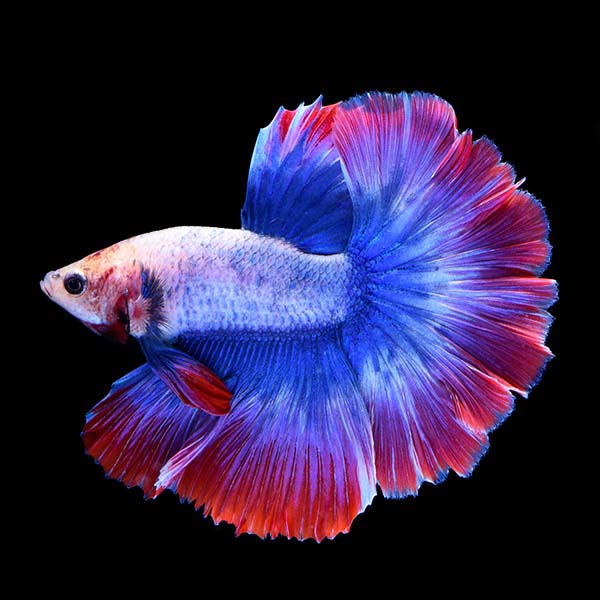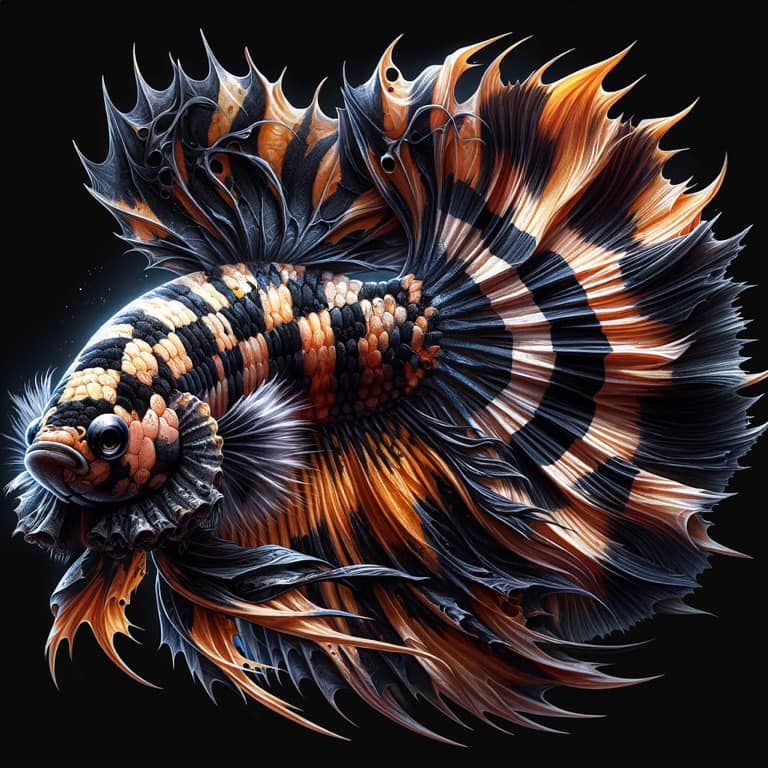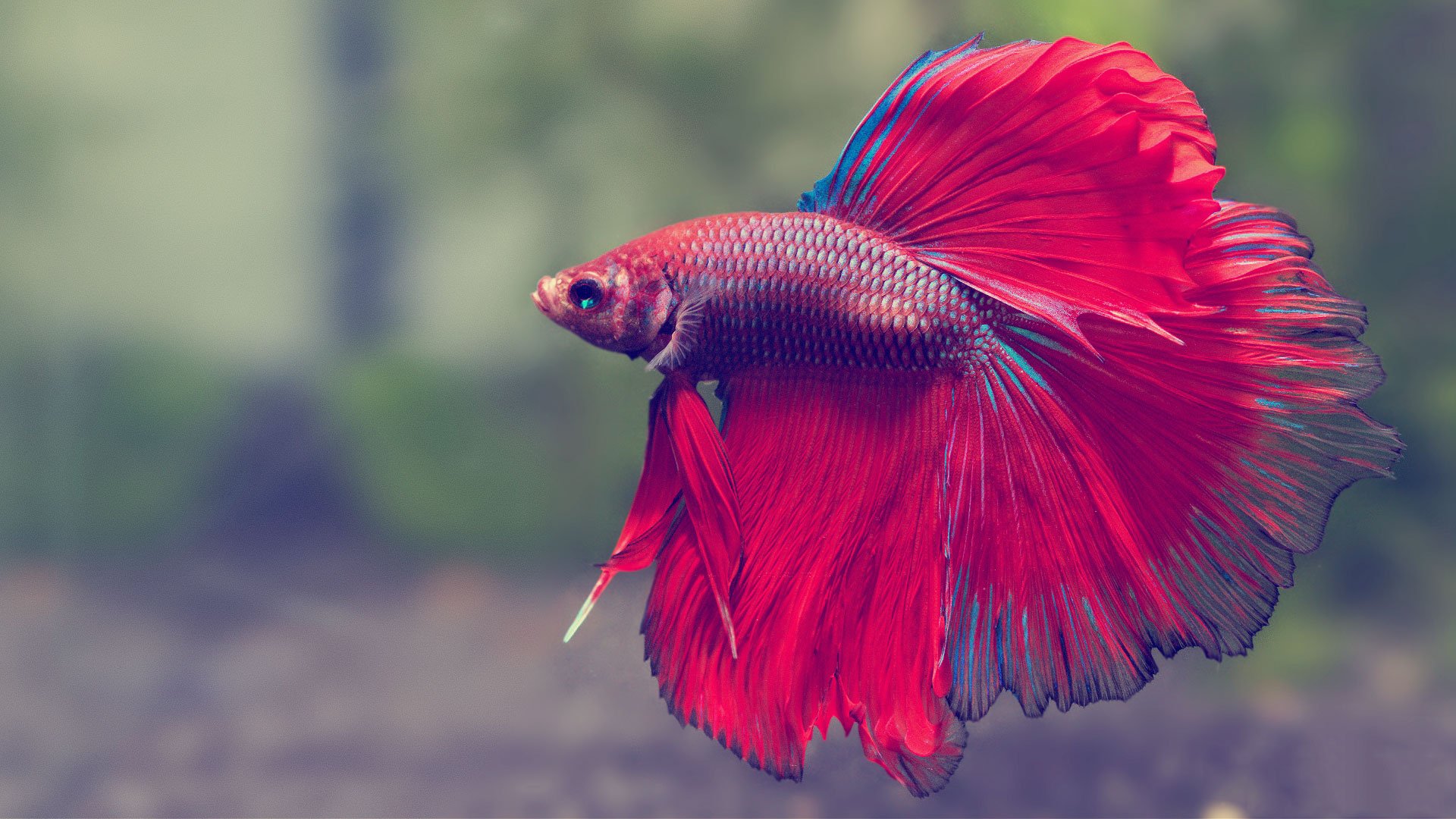Betta Fish Care: Essential Tips for a Healthy and Pleased Family Pet
Betta Fish Care: Essential Tips for a Healthy and Pleased Family Pet
Blog Article
Breeding Betta Fish: a Comprehensive Step-By-Step Guide to Efficiently Raising Infant Bettas From Eggs to Adulthood
Reproducing Betta fish is a thorough undertaking that calls for careful preparation and implementation to guarantee the successful development of fry from eggs to develop fish. Choosing genetically diverse reproduction sets with desirable features is only the beginning; producing an optimum environment and comprehending the details of the breeding process are similarly crucial. As the male Betta vigilantly constructs a bubble nest and guards the priceless eggs, the subsequent stages of treatment and change need attention to information and knowledge of finest methods. How does one navigate the tough yet rewarding path of nurturing these vivid creatures to their adult years?

Choosing Reproduction Pairs
When starting the trip of reproducing Betta fish, choosing the best breeding sets is vital to accomplishing desirable attributes and a healthy and balanced lineage - betta fish. The primary step in this process is to identify the details attributes you desire to boost or protect, such as color, fin kind, and body form. It is vital to pick genetically varied pairs to prevent inbreeding, which can result in wellness concerns and unwanted characteristics
Evaluate potential reproducing candidates thoroughly. A healthy male Betta ought to exhibit dynamic colors, an active demeanor, and well-formed fins, while the woman ought to likewise show vivid coloration and a rounded stubborn belly, suggesting preparedness for spawning. Observing the personality of both fish is crucial, as hostile or overly timid individuals may not reproduce successfully.
Paperwork of family tree is equally crucial. Maintaining records of the parent fish's origins can aid you track genetic characteristics and possible concerns. Additionally, get in touch with reputable breeders or on the internet sources for guidance on selecting suitable sets. Ultimately, investing time in the choice procedure will significantly enhance the probability of generating solid, vibrant children that satisfy your reproduction objectives (betta fish).

Preparing the Breeding Container
Producing an ideal reproduction atmosphere is an essential step after selecting ideal sets for Betta fish. The reproduction container ought to be particularly developed to provide comfort and boost the all-natural breeding habits of the fish. Start with a container dimension of at the very least 10 gallons to guarantee sufficient room for both the man and women Bettas.
Maintain a mild filtering system to keep the water clean while avoiding strong currents that can emphasize the fish. In addition, an air rock can be contributed to supply oxygenation without interrupting the water surface area also a lot.
Temperature level policy is critical; objective for a stable series of 78-82 ° F(25-28 ° C) making use of a dependable heater. The pH degree need to be preserved between 6.5 and 7.5, and normal water adjustments are essential to make sure high water top quality.
Integrate drifting plants or generating mops to develop concealing places for the lady, while also urging bubble nest building by the male - betta fish. Make sure the container is free from sharp designs and any type of possible threats, as the welfare of the fish ought to constantly be focused on throughout this critical phase of breeding.
The Reproduction Process
Usually, the reproducing process for Betta fish involves a collection of distinctive and observable habits that show preparedness for reproduction. The male Betta begins by constructing a bubble nest at the water's surface area, which works as a website for the fertilized eggs. This nest is important, as it provides a safe environment for the eggs until they hatch out.
As soon as the nest description is developed, the man will present courtship actions, such as flaring his fins and displaying lively colors to attract the female. The lady, upon picking up the male's readiness, will react by presenting upright stripes along her body, signaling her receptiveness.
When the female approaches, the male engages in a breeding dancing, commonly causing an accept referred to as the "spawning." During this welcome, the lady launches her eggs, which the male fertilizes instantly. The fertilized eggs then are up to the bubble nest, where the male carefully collects and returns them to the nest. Following this, the male assumes responsibility for securing the nest and making certain the security of the eggs up until they hatch, typically within 24-36 hours. This phase is important in the reproducing process, laying the structure for effective fry advancement.
Taking Care Of Betta Fry
Looking after Betta fry calls for cautious interest to their atmosphere and nourishment to make sure healthy and balanced development and advancement. After hatching out, Betta fry are exceptionally little and susceptible, demanding a steady and clean habitat. Preserving a water temperature level click over here between 78 ° F and 80 ° F is crucial, as Betta fry flourish in warm conditions. Additionally, ensure that the water is devoid of hazardous contaminants; regular water changes of 10-20% are advised to maintain optimum water top quality.
Feeding Betta fry is just as vital. Feed them tiny quantities a number of times a day, being mindful not to overfeed, which can lead to water high quality problems.
Transitioning to Grownup Bettas
As Betta fry fully grown, transitioning them to grown-up Bettas is a critical phase that calls for mindful monitoring of their atmosphere and social communications. This process commonly starts when the fry reach around six weeks old, whereupon they can be slowly introduced to an extra structured living atmosphere.
To facilitate this transition, it is important to make certain that the water criteria-- such as temperature, pH, and ammonia degrees-- are ideal and steady. Grown-up Betta fish prosper in warm water (around 78-80 ° F) with a pH of 6.5 to 7.5. Progressively accustom the fry to these conditions to decrease tension.
Social communications are one more vital aspect; male Bettas are infamously territorial and aggressive. As a result, it is recommended to different males right into individual storage tanks as they mature. Female Bettas can be housed together, however treatment should be taken to check for signs of hostility.
In addition, nutritional adjustments must be made as the fry grow. Integrate premium pellets and live foods to sustain their development and health. By handling these aspects effectively, you can promote a successful shift to the adult years for your Betta fish.

Final Thought
Effective reproduction of Betta fish needs careful attention to click this site detail throughout the entire process, from selecting genetically varied sets to giving ideal look after fry. By making certain appropriate reproduction problems and keeping water top quality, the chance of healthy and balanced spawn raises dramatically. Additionally, a balanced diet regimen and gradual adaptation to grown-up atmospheres are important for the growth and growth of Betta fish. Following these actions faithfully cultivates a prospering population of Betta fish, boosting both their health and wellness and vigor.
Report this page